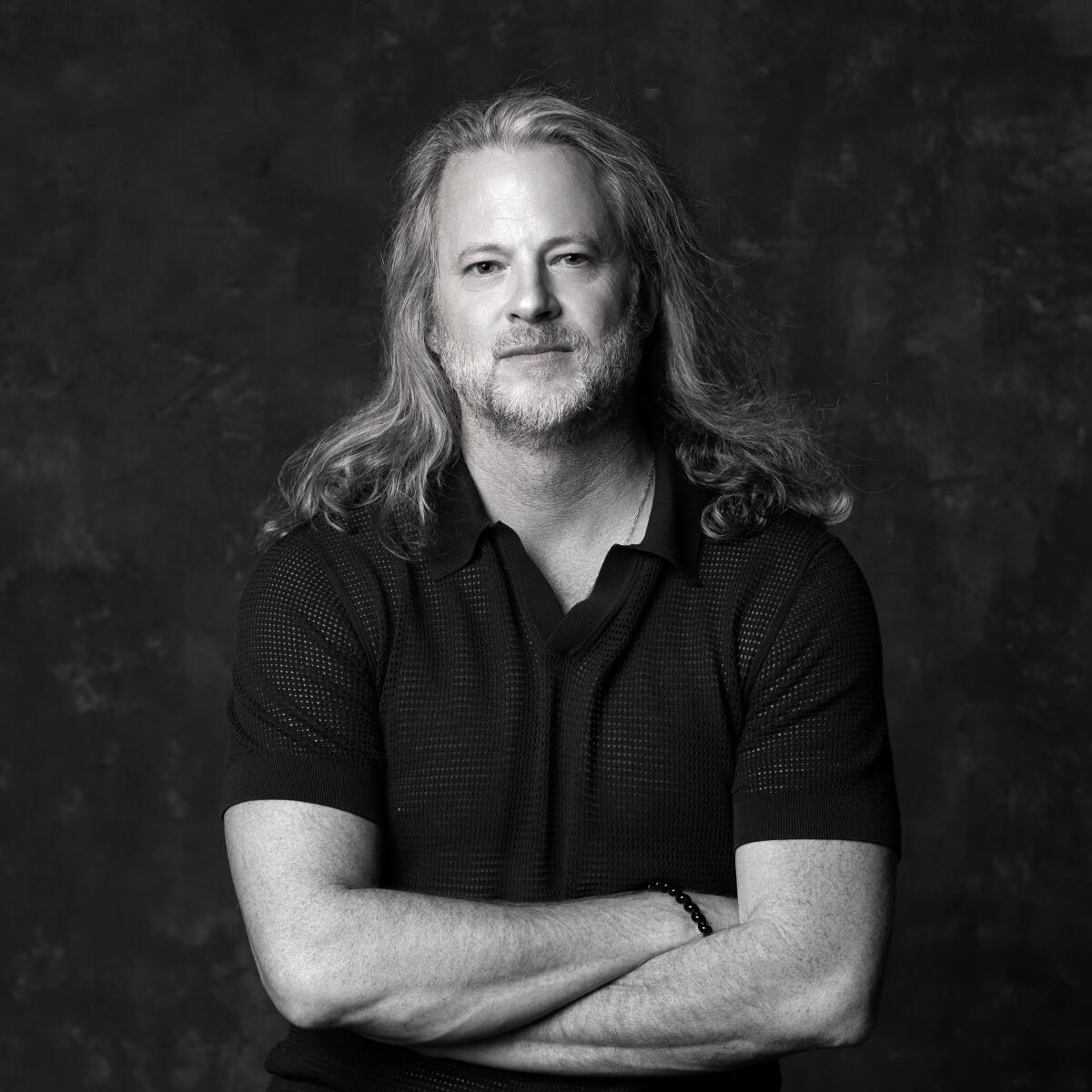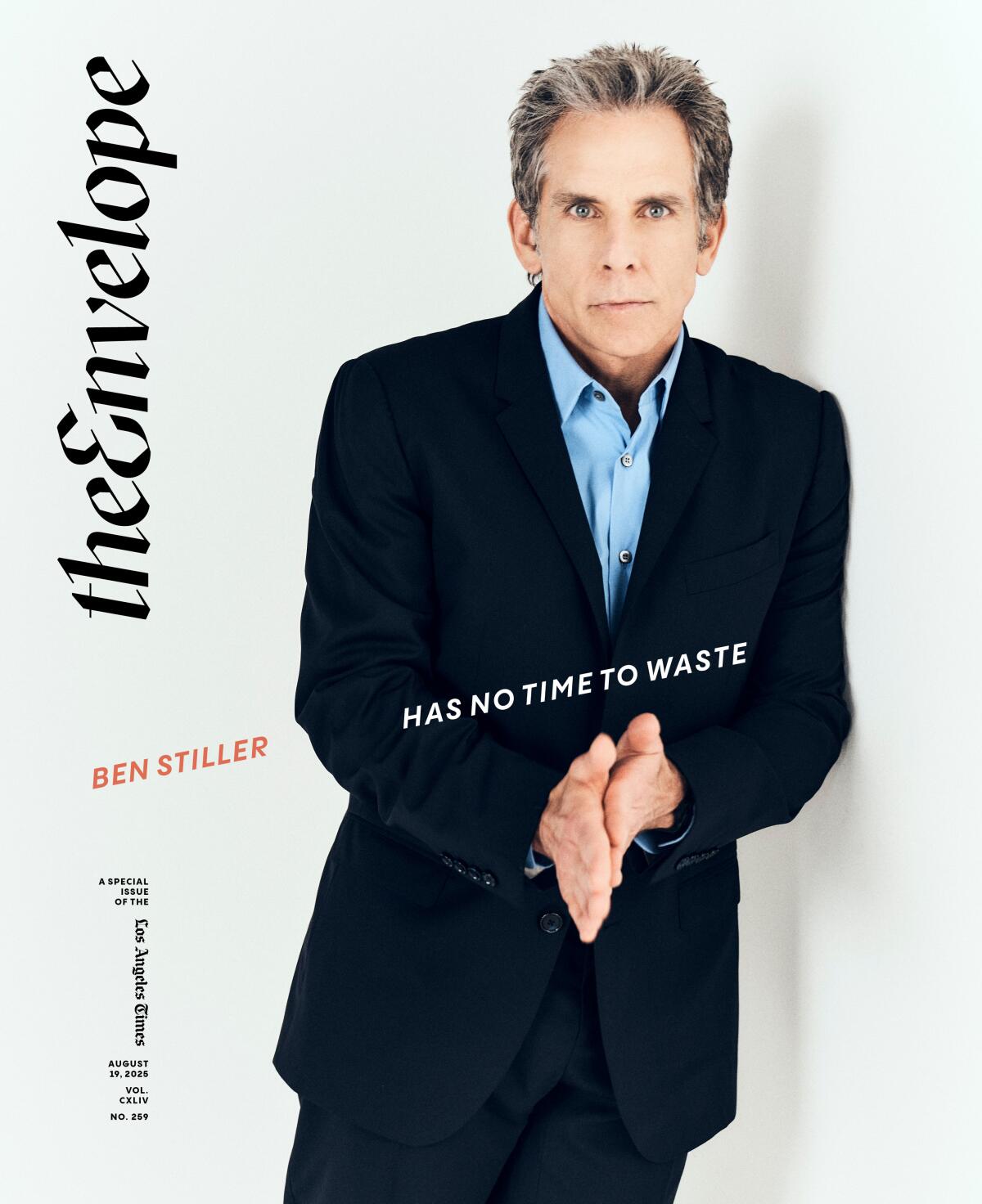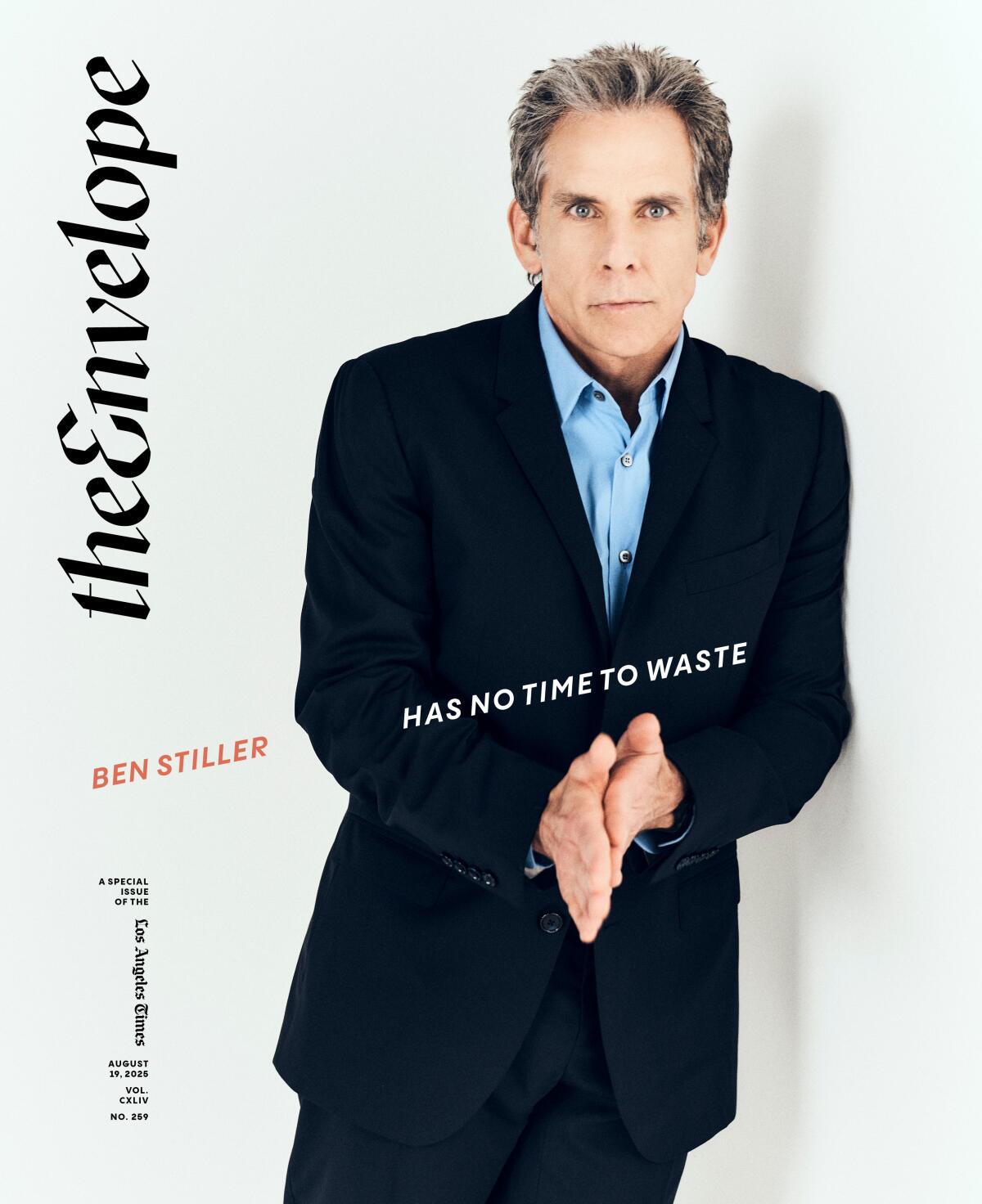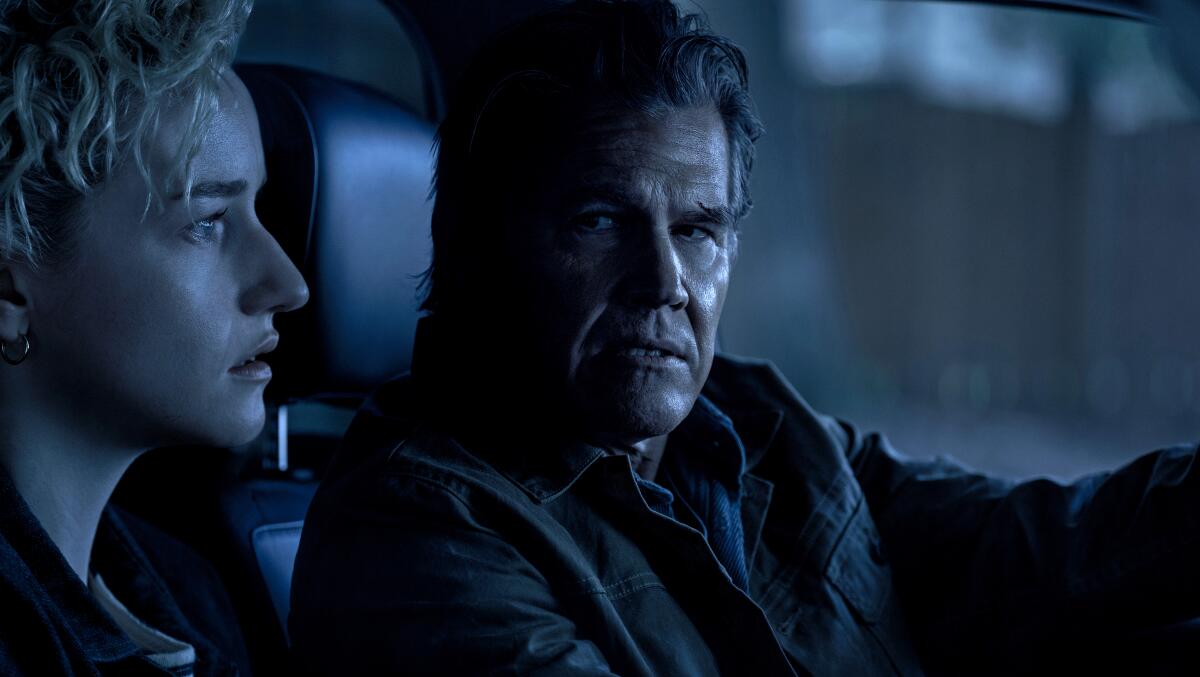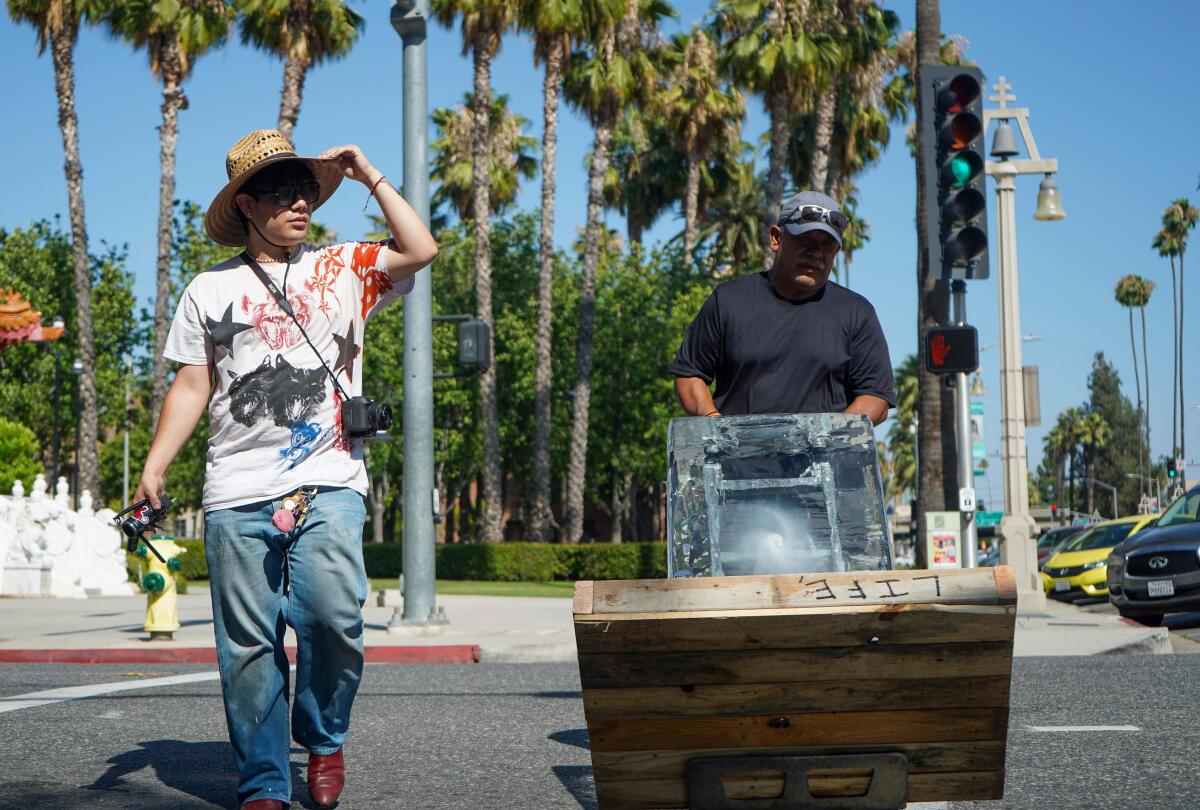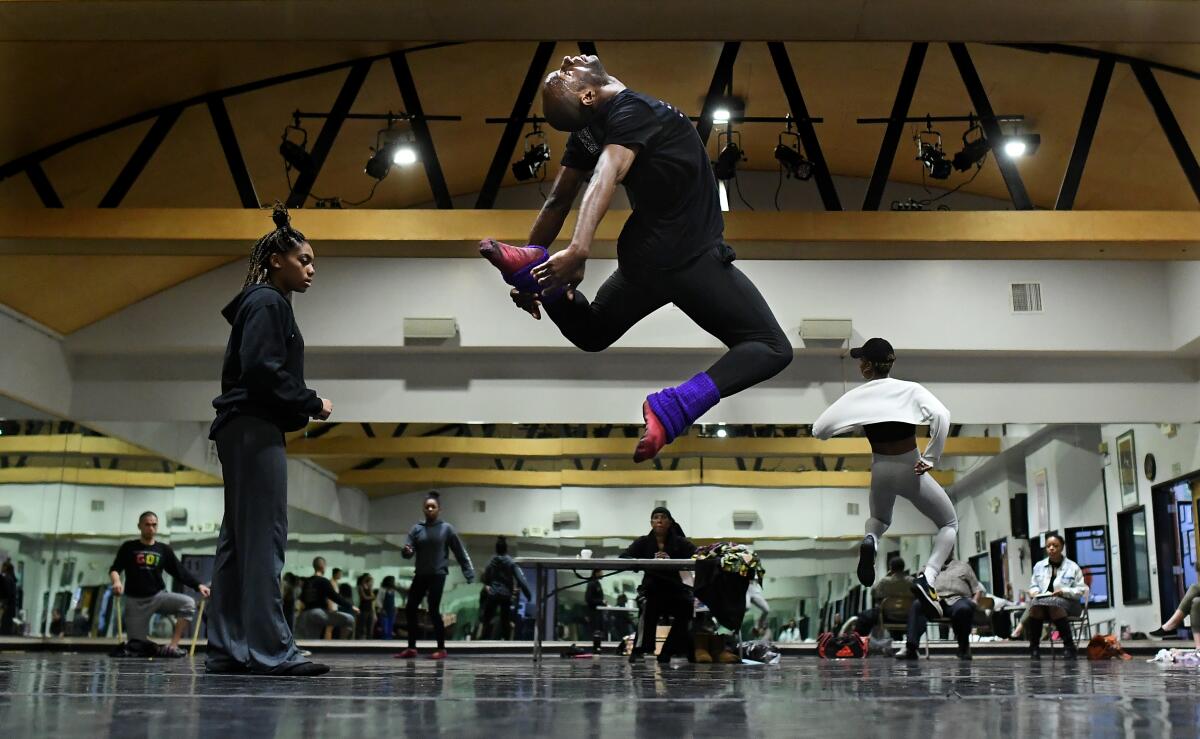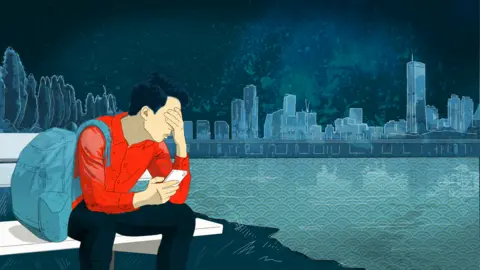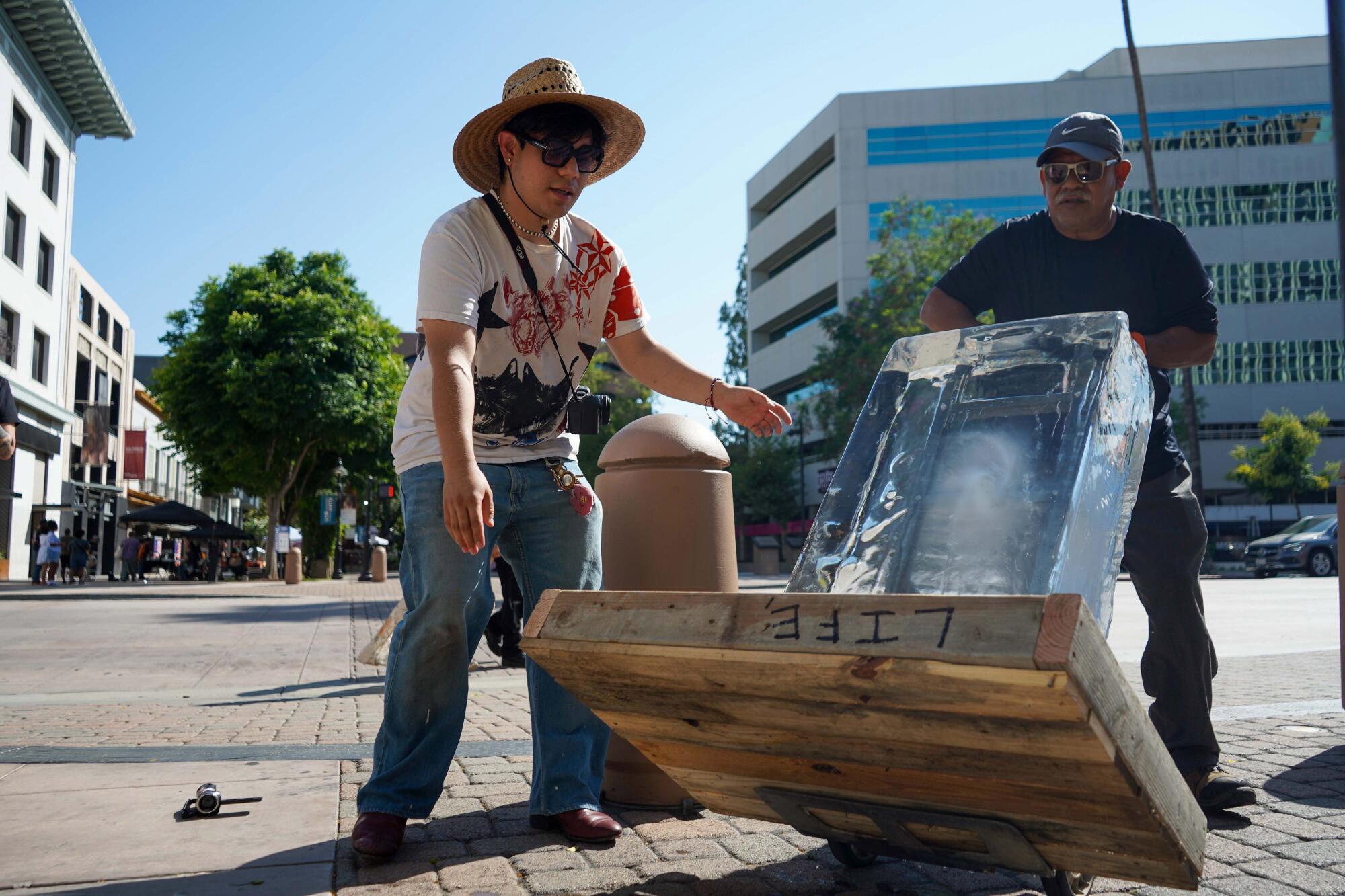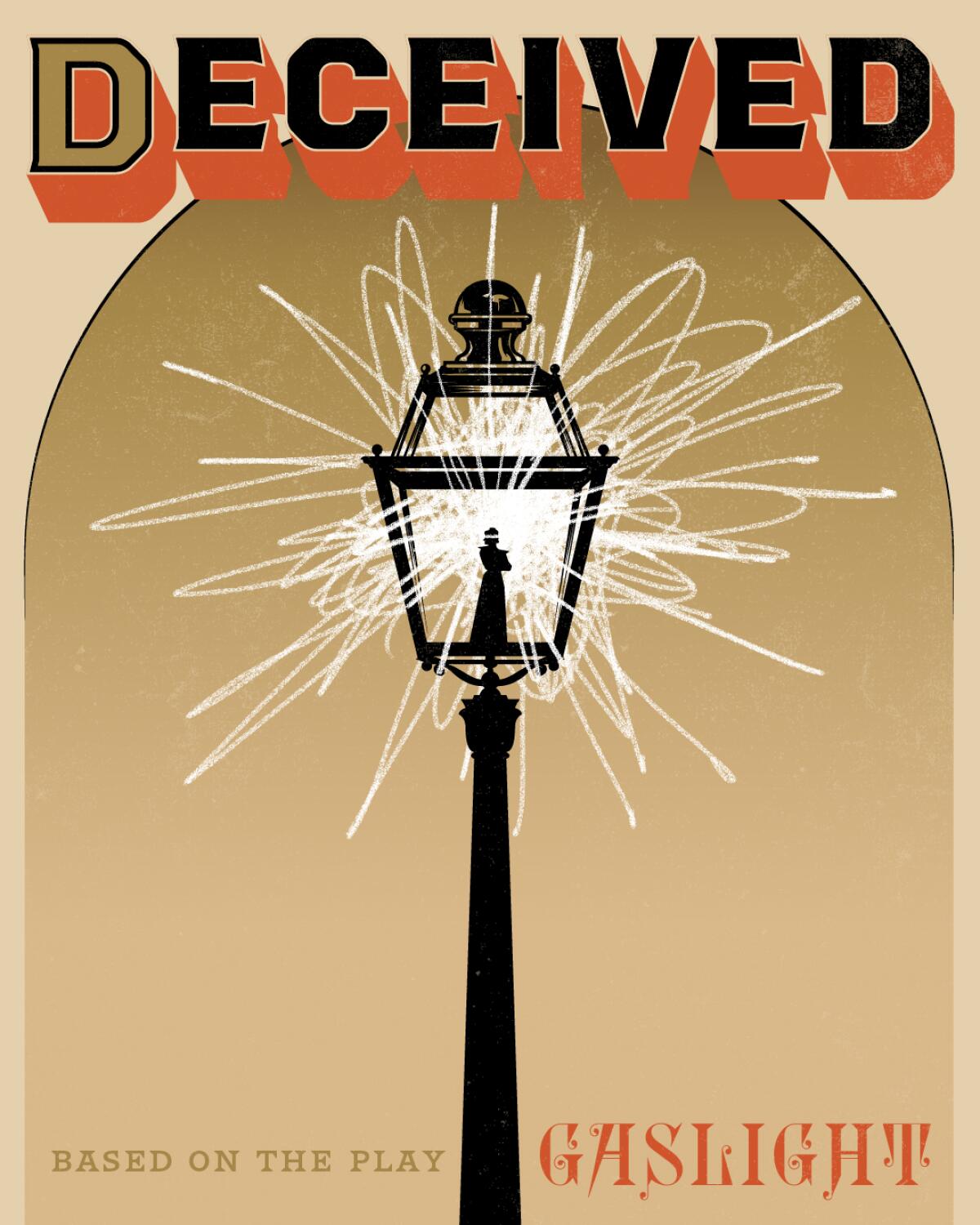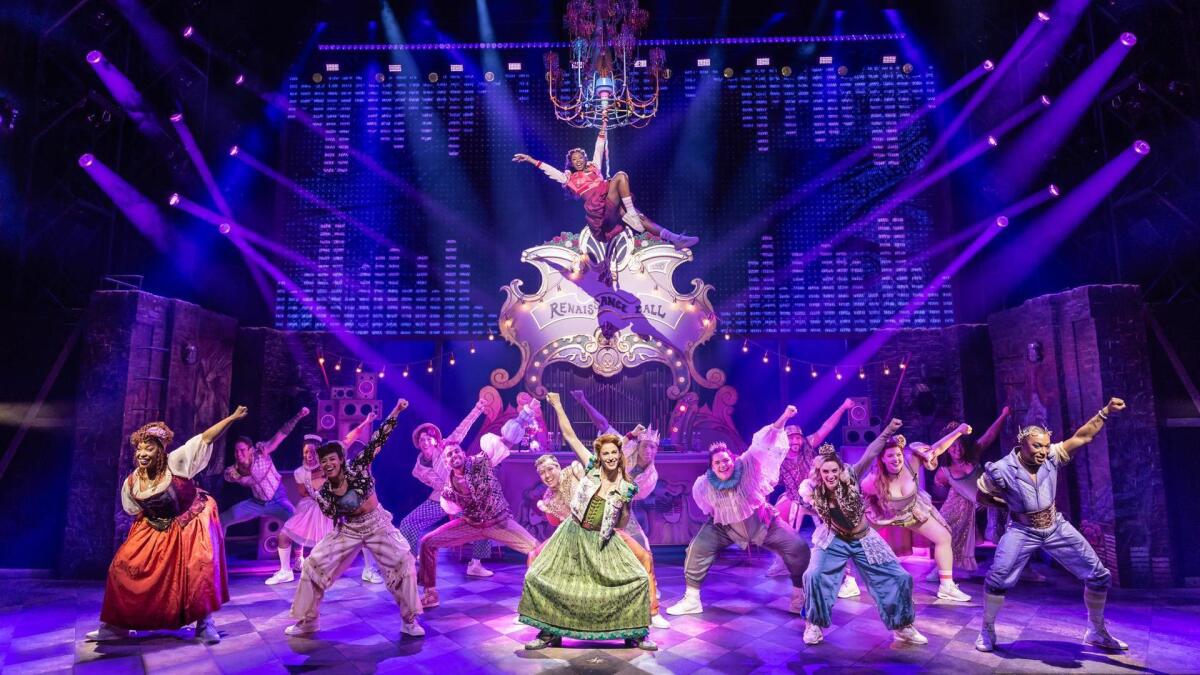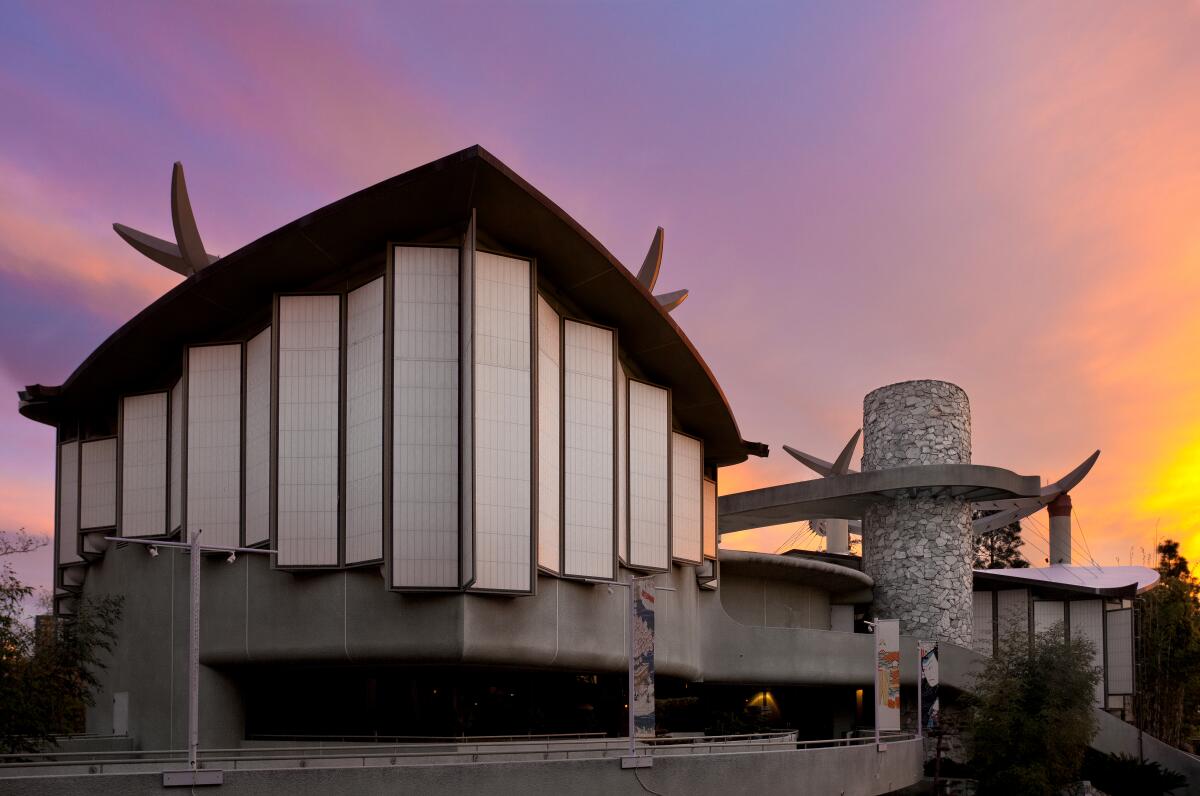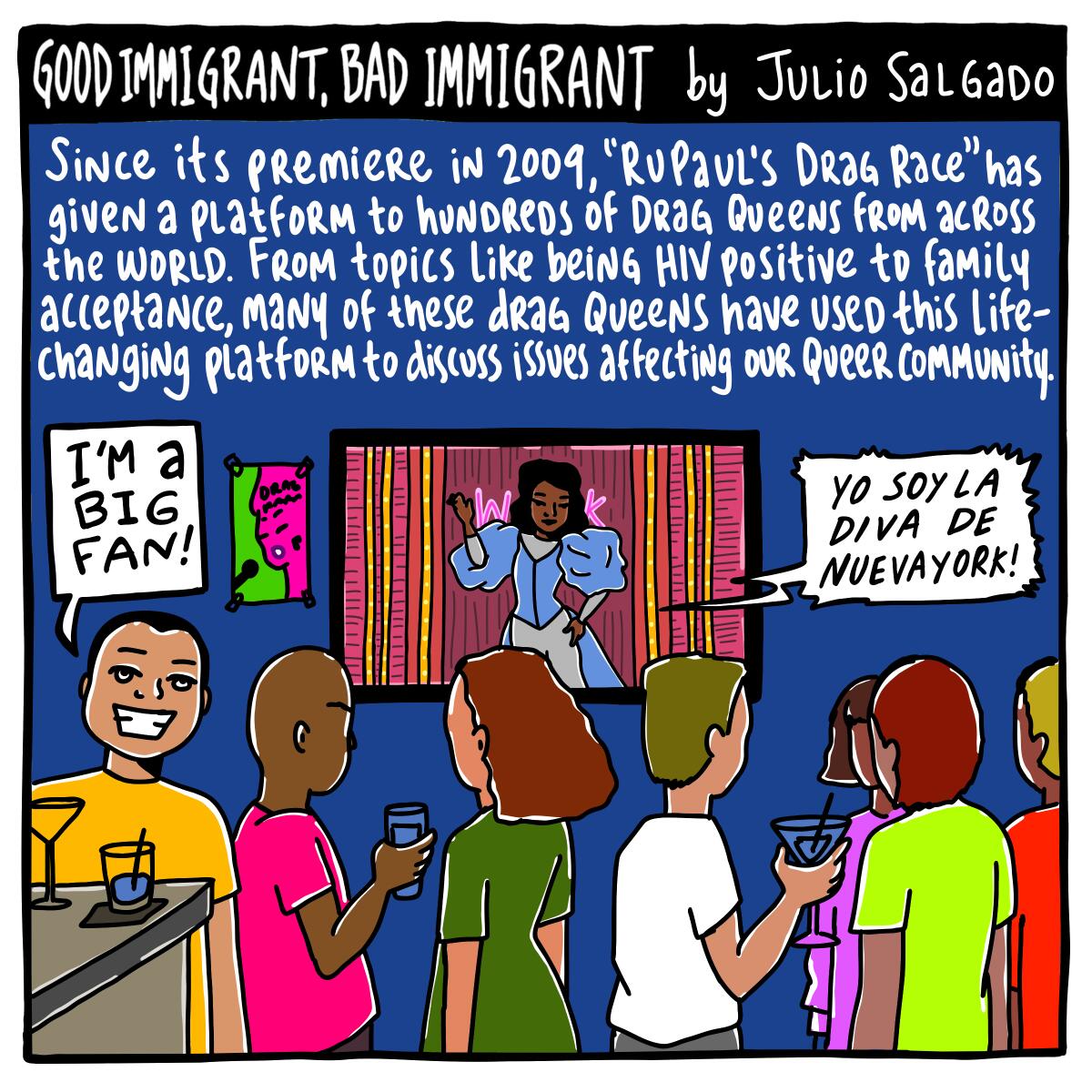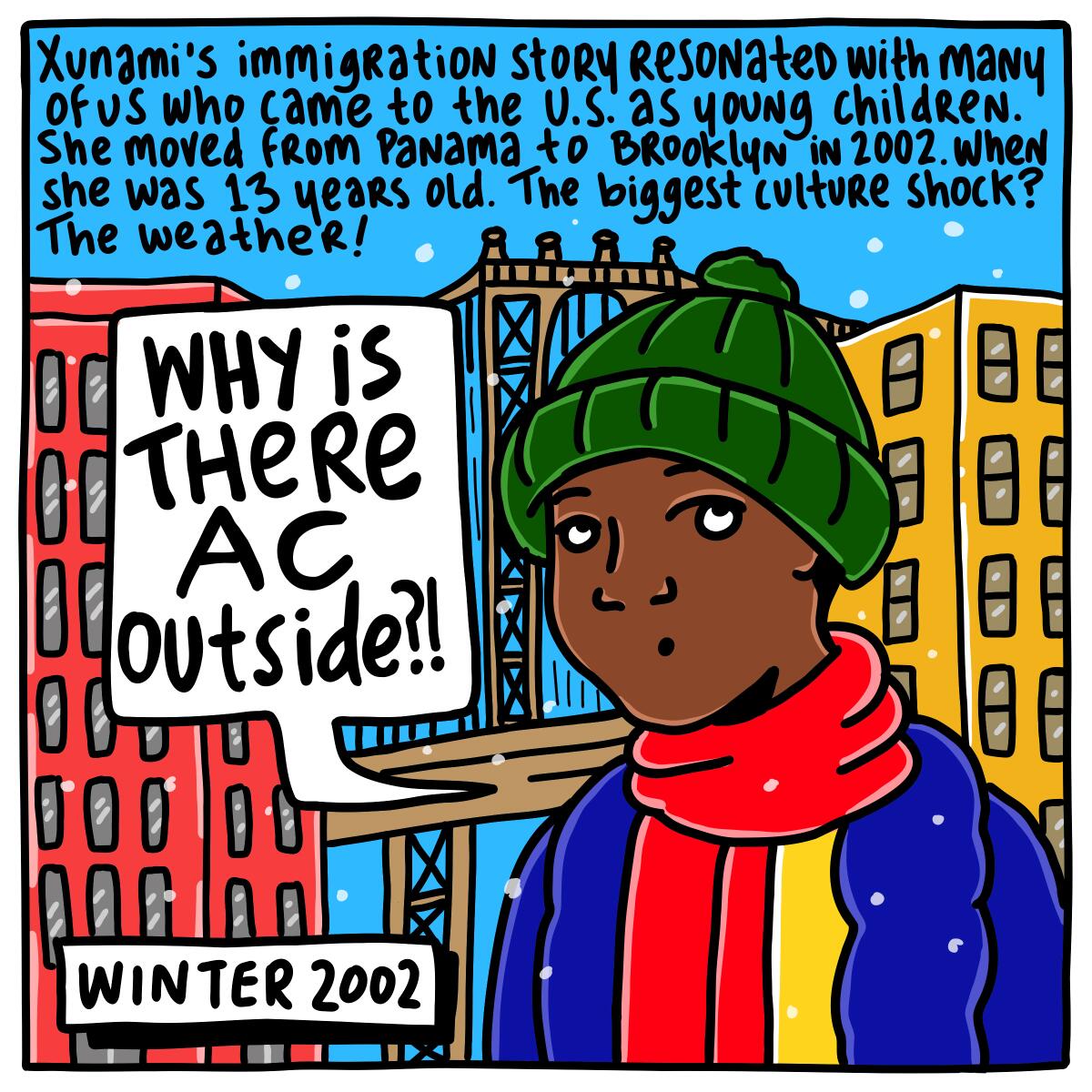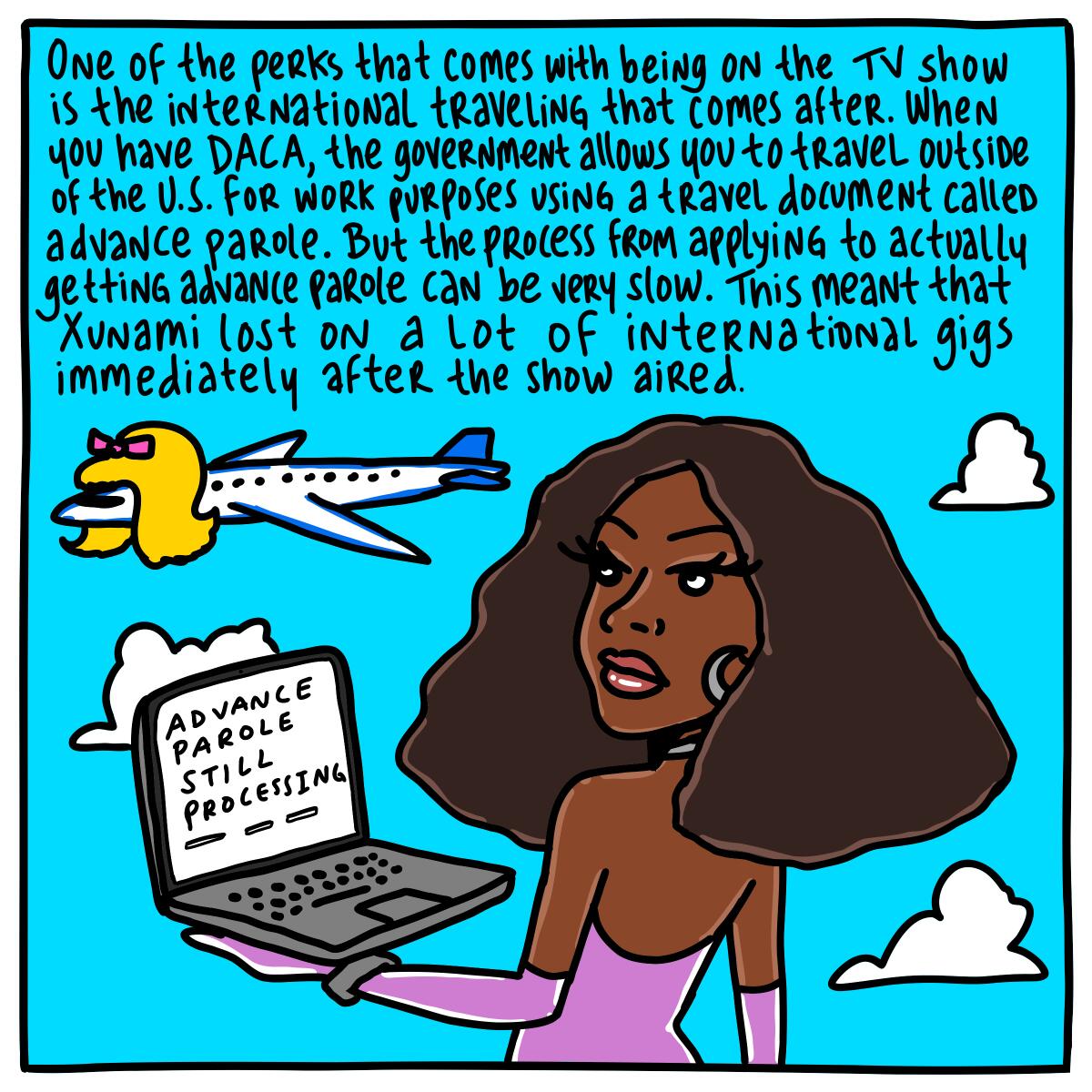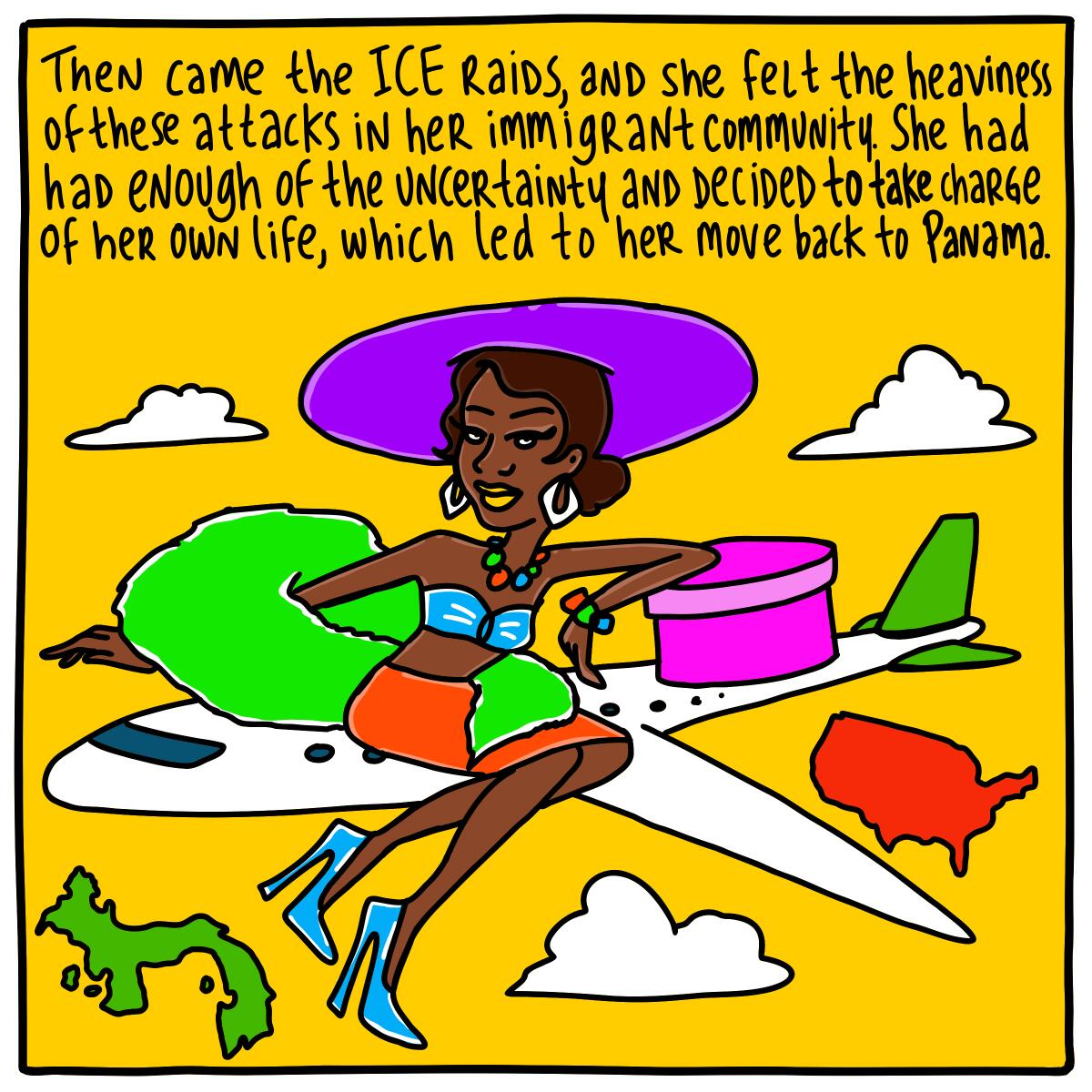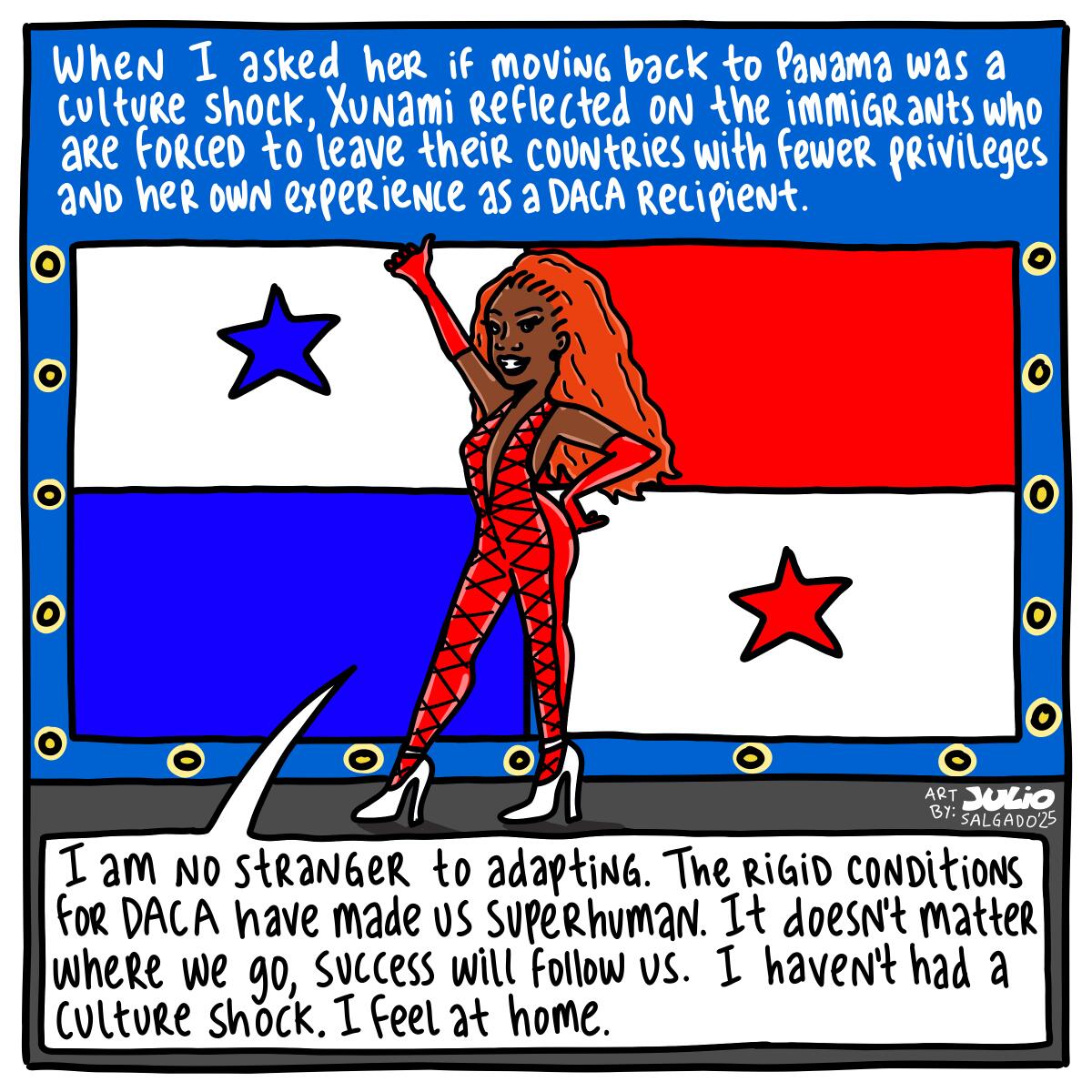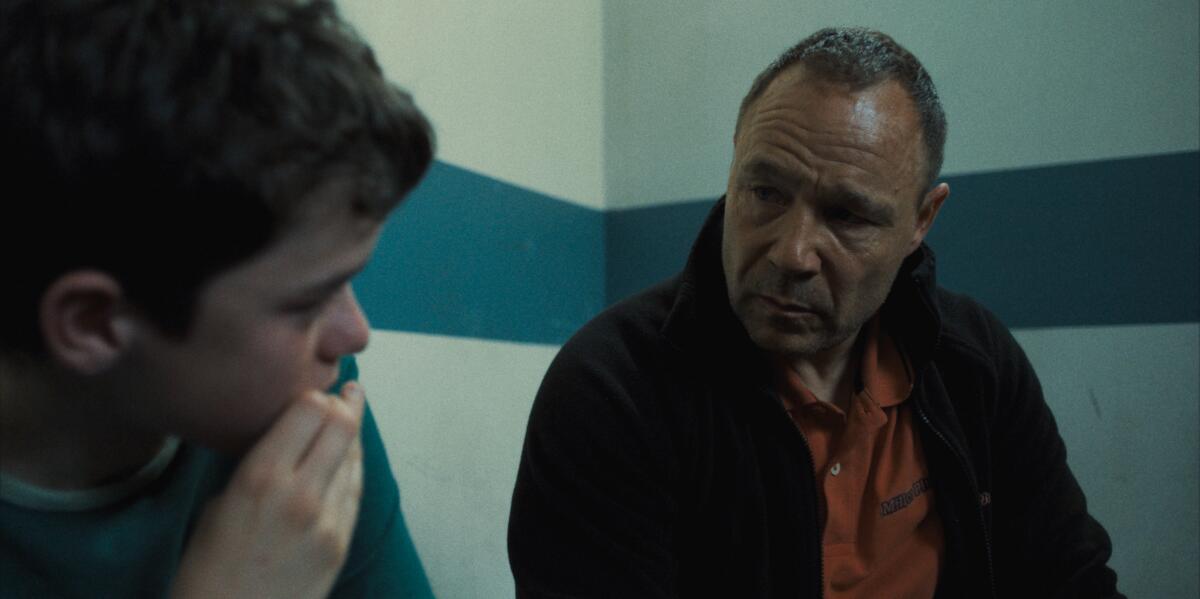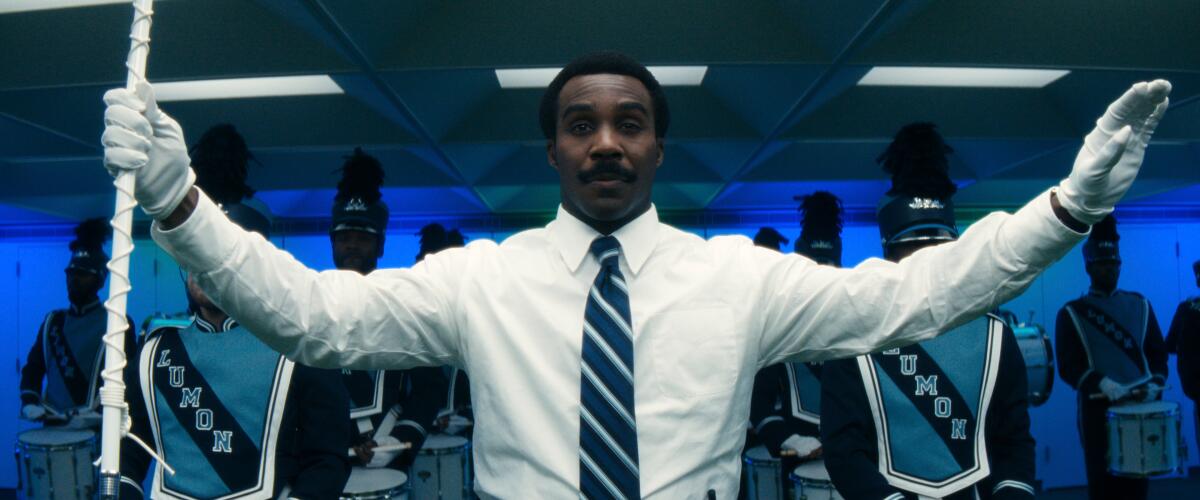After Katsina Mosque Attack, Familiar Question Returns: Do Peace Deals Work?

The first call to prayer in Malumfashi, northwestern Nigeria, was barely finished when gunmen stormed the Unguwan Mantau area. It was around 5 a.m. on Aug. 19, and the small mosque was full of worshippers, old and young men, all bowed in devotion, when the attack happened.
It was a moment chosen for maximum shock and helplessness: none of the victims expected to be killed while praying for peace.
Mallam Umar Aramma, a local Qur’anic teacher and a survivor of the attack, says he remembers the silence before the gunshots and then people started running to save their lives.
“Many were instantly killed by gunshots,” he told HumAngle. “Others were rushed to the hospital with wounds, and some died there.”
Local officials first put the toll at 13. Within 48 hours, the figure rose to about 29 as more bodies were recovered from the mosque and nearby hamlets torched in the same raid.
Since the terrorist attack was reported, grief has mixed with an old debate across northwestern Nigeria, particularly on social media: whether to negotiate with the terrorists who have turned vast rural stretches into locations to be raided.
The federal government has quietly encouraged some Islamic clerics to explore channels with some commanders. Sheikh Musa Asadussunnah, one of the peace talk proponents, hasn’t explicitly mentioned this in his speeches, but sources confirmed to HumAngle that he has federal backing.
Earlier this month, the cleric delegation said their talks with the Zamfara warlord Bello Turji secured the release of 32 captives and a symbolic surrender of weapons. The accounts vary on the details and on the federal government’s role, but the message of engagement was clear.
Opinions have already been divided since the beginning of the engagement. However, the recent attack in Katsina has hardened many hearts against the idea of a peace deal.
For many, failed peace deals are not a distant history. In 2019 and early 2020, former Governor Aminu Bello Masari of Katsina State convened a series of accords with local terror leaders that included public ceremonies, photoshoots, promises of amnesty, and assurances that attacks would cease.
However, within months, the deals unravelled.
By June 2020, Masari publicly expressed his disappointment, accusing the gunmen of betraying the terms and resuming raids. “We’ve pulled out,” he said, adding that negotiations had failed to bring “lasting peace.” And the violence continued.
Zamfara, the epicentre of the northwest conflict, had the same experience. Governor Bello Matawalle’s 2019 amnesty and disarmament plan led to a temporary partial peace. Reports showed that the terror kingpins paused in some villages while expanding operations elsewhere or engaging in rivalry for space control.
By 2021, major attacks had reappeared; by 2023–2024, researchers tracking the conflict concluded the amnesty had failed in its central objective. Armed groups had diversified revenue streams, deepened cross-border logistics, and used the money to buy arms.
The pattern persists at the micro level. Recently in Adabka, Zamfara, HumAngle reported that villagers bought peace for nearly three years by funnelling payments to terrorists in a ransom-for-peace arrangement that collapsed this month with fresh abductions and killings.
The failure of such peace arrangements shows the bigger problem: They are unenforceable, unclear, and can always change due to the next grievance, the next terror group, and the next terror leader in charge.
But out of desperation, people, at a community level, still do them.
In recent weeks, since the beginning of the rainy season, some Katsina villages have seen the return of a localised peace deal. Community leaders in Jibia, Danmusa, Batsari, and Safana have explored or entered quiet pacts aimed at protecting farms and markets during the rainy season.
Even state officials, while insisting they are not negotiating, have acknowledged meetings with ‘repentant terrorists’ to enable access to farmlands. In Safana, local leaders announced a peace accord just days before the Uguwan Mantau massacre.
Why do peace deals fail?
Several reports have explained why these agreements keep failing. First, there is no single chain of command. The northwestern insurgency is a patchwork of gangs and entrepreneurial warlords who shift alliances and territorial footprints with the rains, the market for cattle, the gold mining sites, and security pressure.
Research has shown that a peace deal with one group creates economic and tactical incentives for others to attack. Conflict monitors warned as far back as 2020 that “partial peace” in one state often displaced violence into a neighbour. That remains true today.
Another problem is that the agreements lack credible enforcement. The Federal Government has not and cannot offer a strong stance large enough to bind dozens of decentralised terror commanders in the region.
When deals hinge on payments, safe corridors, or promises of non-prosecution, they risk rewarding coercion. When they hinge on community levies, they entrench protection rackets. When they hinge on the word of a single prominent warlord, they fall with his next strategic calculation.
Moreover, the deals often ignore the cross-border economies that keep the war profitable. Arms and motorcycles ride the same trails as cattle. Without plugging the border routes and illicit markets, de-escalation in one cluster is merely an intermission, not an ending.
Research mapping the terror economy across 2023–2024 shows how quickly groups adapt to bans and roadblocks by shifting to new corridors and taxing new commodities.
To many Katsina residents, these are not abstract critiques. They are recent history, lived twice. Liman Garba, a young man who lost his father in one of the terror attacks in Katsina, said any peace pact with terrorists will be meaningless as they continue to target civilians.
“People like us, whose father was killed right inside our home, and our mother and younger siblings were taken away after our father was murdered, we had to pay ₦10 million before our relatives were released. How can anyone say there should be reconciliation when you see the very person who caused your father to leave this world, and who also made you lose millions of naira?” he said.
Masari’s collapse of talks in 2020 is always in any conversation about peace with terrorists. People remember the promises, the ceremonies, and the resumed killings. Aramma, the Qur’anic teacher, told HumAngle that they no longer want any empty promises or failed peace dialogue; they want the state to stop the killings. “We prayed for protection,” he said, “and they met us at prayer.”
The clerical involvement
The federal government’s openness to clerical intermediaries is understandable. Clerics can go where officials cannot, and carry moral authority in a region where politicians are rarely trusted. Their recent shuttle diplomacy with Turji may have saved lives; 32 people are home because someone talked instead of shooting.
But the same week those headlines broke, Unguwan Mantau buried its dead. And across the northwest, countless families still pay “farming fees” to armed men so they can plant maize and millet. Tasiu Saeed, another resident of Zamfara, explained the contradiction.
“Reconciliation is a good thing. But to be honest, there is a big problem, because there has been no progress with reconciliation, since the terrorists do not stop killing people, even while talks are ongoing. They are traitors, so the government should focus on fighting them instead,” he said.
Does that mean talks are futile? Zainab Nasir, a youth leader in Kano, thinks otherwise. She explained that the answer may lie in redefining what “talks” are for.
According to her, any dialogue with terrorists “can only be meaningful if it is pursued with sincerity, strategy, and accountability.” She explained that the talks “should not be seen as a reward for violence, but as a pathway to lasting stability where both the dignity of the affected victims and the future of offenders are secured.”
However, the record suggests that peace talks are not, on their own, a path to lasting stability. When they are sold as such, they sour public trust. But when they are paired with transparent benchmarks, regional coordination, and blocking revenue streams, they can be a tactical component for lasting peace.
Back in Unguwan Mantau, Aramma said, since the attack, fear has engulfed people, and men no longer attend mosques in full. “Some do, many others don’t”. The fear is that while you may go there to pray for peace, you may be engulfed in the fire of violence. Aramma said they feel defenceless.
“The police came, took some report and left us asking ‘where is safe to pray?’”
Against this backdrop, the federal government’s symbolic outreach through clerics sits uneasily with public sentiment in the wake of Unguwan Mantau. “People are not rejecting peace,” Tasiu said, “they are demanding a strategy that can outlast a photoshoot.”






